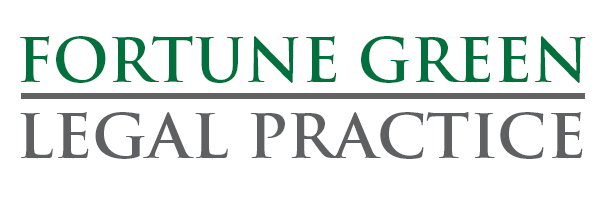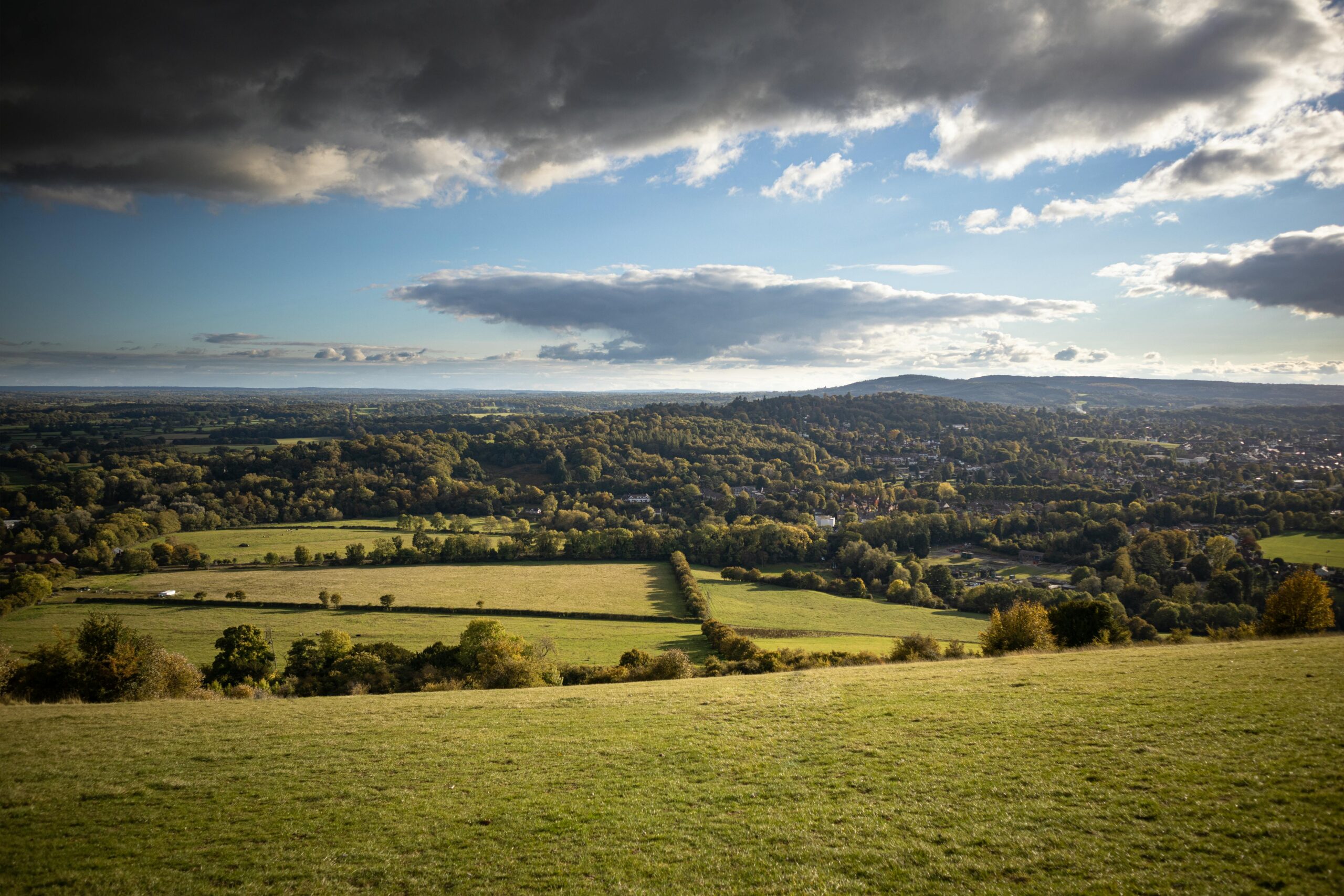The Green Belt
The Green Belt is a planning policy designation that protects areas of countryside surrounding towns and cities. It was introduced to prevent urban sprawl and safeguard the countryside from excessive development. Green Belt land serves as a buffer, ensuring that urban areas do not merge into one another, and preserving open spaces.
The Green Belt is not a designation based on the quality of the land but rather its location and function. However, it is increasingly part of broader discussions on how best to meet modern challenges, including the need for more housing.
When the Green Belt policy was introduced in the 1940s, this happened alongside legislation promoting new towns, (the New Towns Acts). The new towns were large, self-contained settlements with new housing and formed new communities in post-war Britain. The surrounding countryside was essential in providing public health, recreation, and biodiversity benefits.
Nowadays, there is increasing pressure to build housing, especially in the southeast of England, but the need to maintain the countryside remains. The attractive countryside is one feature that makes this part of the country so desirable.
Green Belt policy is outlined in Chapter 13 of the NPPF, headed Protecting Green Belt Land. Paragraph 143 of the NPPF sets out the five purposes of the Green Belt policy:
a) To check the unrestricted sprawl of large built-up areas
b) To prevent neighbouring towns merging into one another
c) To assist in safeguarding the countryside from encroachment
d) To preserve the setting and special character of historic towns
e) To assist in urban regeneration, by encouraging the recycling of derelict and other urban land.
Proposed Changes to NPPF
To meet urgent needs for more housing, the Government is proposing changes to the NPPF, including to the Green Belt policy. The change is intended to open up more land for house building.
One proposal that has attracted some publicity is the concept of the Grey Belt, which refers to land where the environmental quality could be considered a lower priority.
For instance, Grey Belt land might be land located in the Green Belt but which also comprises previously developed land or perhaps areas that only make a limited contribution to the Green Belt purposes. There may be evidence that the land does not perform strongly against any of the Green Belt purposes. Or, it appears to make little contribution to preventing neighbouring towns from merging. Furthermore, it could be land that contributes little to preserving a historic town’s setting and special character.
Some have argued that the Grey Belt category is only a partial solution and a more comprehensive national solution is needed to ensure that the countryside and the purpose of the Green Belt can be preserved while still enabling houses to be built in sufficient numbers to satisfy our growing housing needs.
The consultation on the new NPPF closed on September 24th of this year. A revised NPPF is expected by the end of the year; there are bound to be changes to the Green Belt policy, which are eagerly anticipated.
Photo by Philip Kapadia: https://www.pexels.com/photo/green-grass-field-under-blue-sky-9270108/


